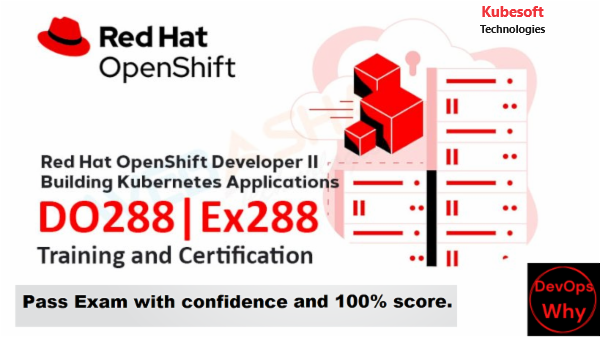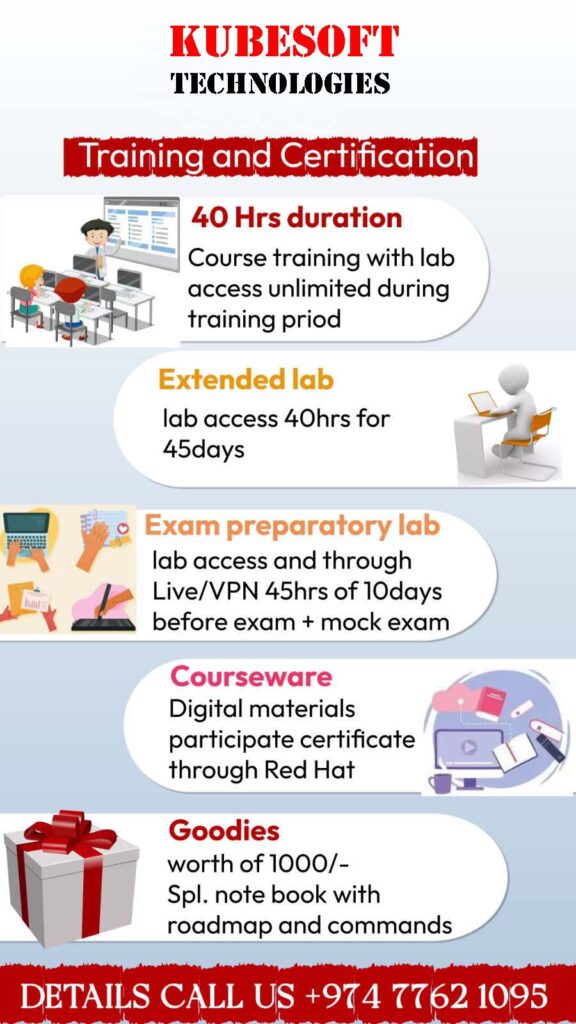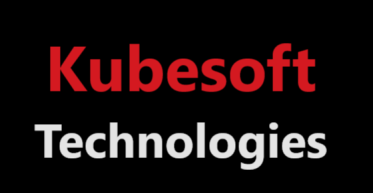
This course equips application developers with the essential skills necessary for designing, constructing, and deploying containerized applications, whether it involves migrating existing applications to OpenShift or creating new cloud-native ones. Serving as a gateway to organizational and digital transformation, the course showcases the potential of DevOps within a container-based architecture.
As developers seek ways to enhance application time-to-market for minimum viable products, containers, and OpenShift have swiftly emerged as the default solution for agile development and application deployment. Leveraging a container-based architecture orchestrated with Kubernetes and OpenShift not only enhances application reliability and scalability but also reduces developer overhead and streamlines continuous deployment.
Throughout the course, participants will delve into the foundational concepts behind containerization, scaling, deployment, and application management within the Red Hat OpenShift Container Platform. The skills acquired include designing container images for application containerization, customizing application builds using Source-to-Image builds, deploying multi-container applications, and implementing health checks to enhance system reliability.
Red Hat OpenShift, a container platform for Kubernetes, automates the provisioning, management, and scaling of applications, allowing developers to concentrate on writing code for their innovative ideas. The platform supports a variety of programming languages and tools, with pre-created quick start application templates for Java, Node.js, .NET, Ruby, Python, PHP, and more, enabling easy deployment with a single click.
OpenShift 4.x enhances developer advantages further, incorporating features like the Operator framework, OpenShift service mesh, CoreOS, and Knative. This course empowers developers to embrace these advancements and harness the full potential of Red Hat OpenShift for efficient and streamlined application development.
the “DO288” course curriculum. However, based on the information available up to that point, Red Hat courses typically include hands-on labs, lectures, and discussions. To get the most accurate and up-to-date information, I recommend checking the official Red Hat Training website or contacting Red Hat directly.
In the meantime, I can provide a generic outline for a course on container orchestration and development, which may align with the content of DO288:
Remember, this is a generic outline and may not precisely match the content of DO288. Check the official Red Hat Training resources for the most accurate and up-to-date information.


WhatsApp us
